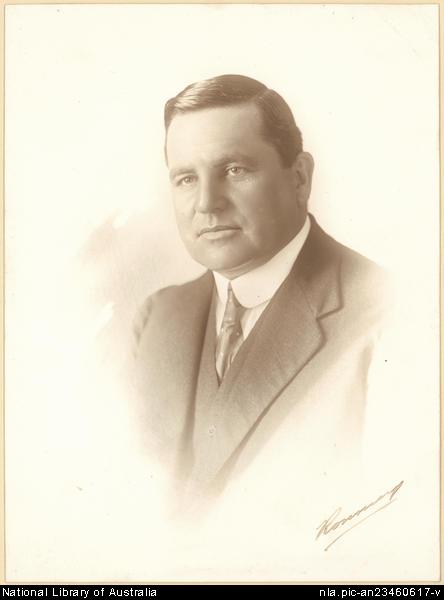The Dictionary of Sydney was archived in 2021.
Thomas Ley: Politician and murderer
 Portrait of TJ Ley 1925 Courtesy National Library of Australia (nla.pic-an23460617)
Portrait of TJ Ley 1925 Courtesy National Library of Australia (nla.pic-an23460617)
 Smith's Weekly, April 19. 1947, p11 via Trove
Smith's Weekly, April 19. 1947, p11 via Trove
 Nicole Cama is a professional historian, writer and curator, and the Executive Officer of the History Council of NSW. She appears on 2SER on behalf of the Dictionary of Sydney in a voluntary capacity.
Listen to the podcast with Nicole & Nic here, and tune in to 2SER Breakfast with Nic Healey on 107.3 every Wednesday morning at 8:15-8:20am to hear more from the Dictionary of Sydney.
The Dictionary of Sydney needs your help. Make a tax-deductible donation to the Dictionary of Sydney today!
Nicole Cama is a professional historian, writer and curator, and the Executive Officer of the History Council of NSW. She appears on 2SER on behalf of the Dictionary of Sydney in a voluntary capacity.
Listen to the podcast with Nicole & Nic here, and tune in to 2SER Breakfast with Nic Healey on 107.3 every Wednesday morning at 8:15-8:20am to hear more from the Dictionary of Sydney.
The Dictionary of Sydney needs your help. Make a tax-deductible donation to the Dictionary of Sydney today!Categories
Blog
2ser
Captured: Portraits of Crime
Exhibitions
murder
Nic Healey
Nicole Cama
politicians
State Archives and Records NSW
sydney history
Thomas Ley

